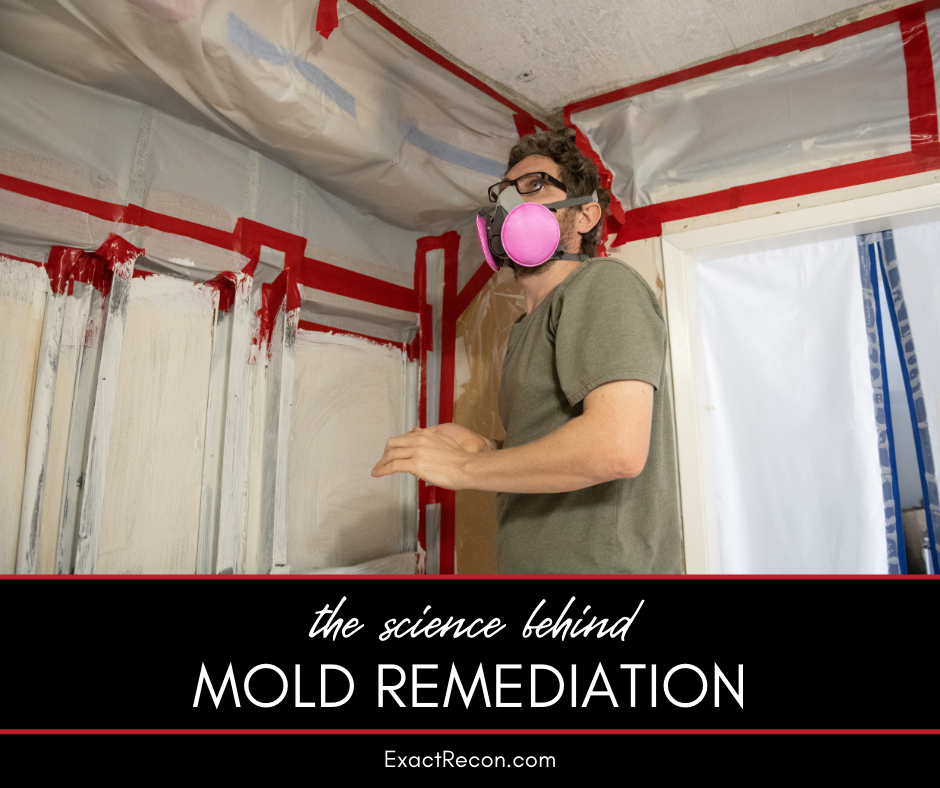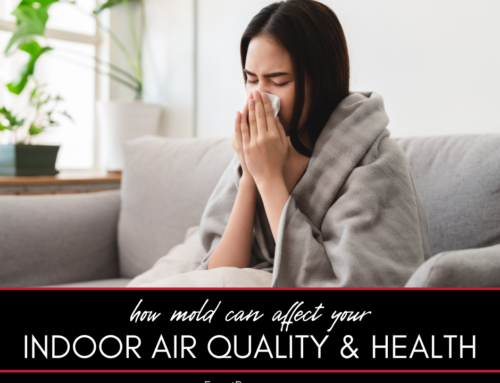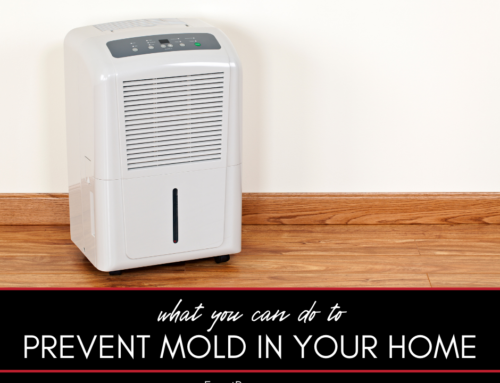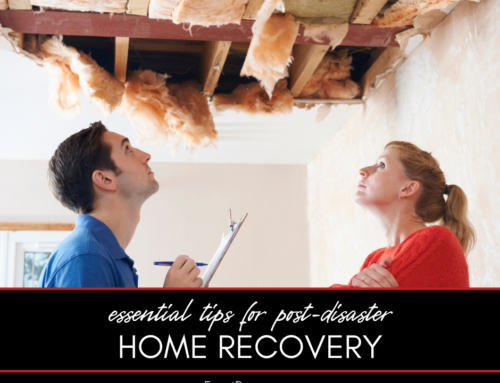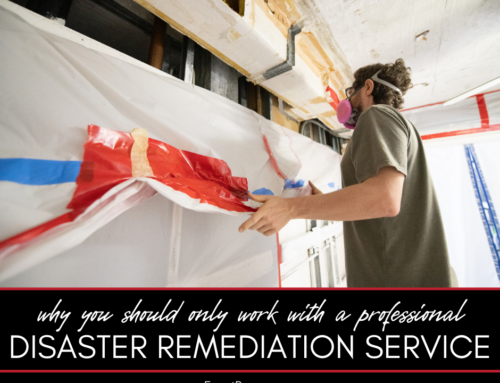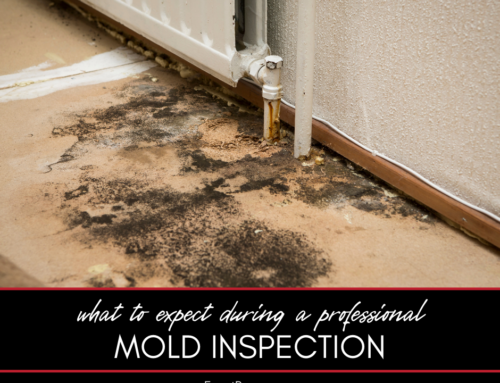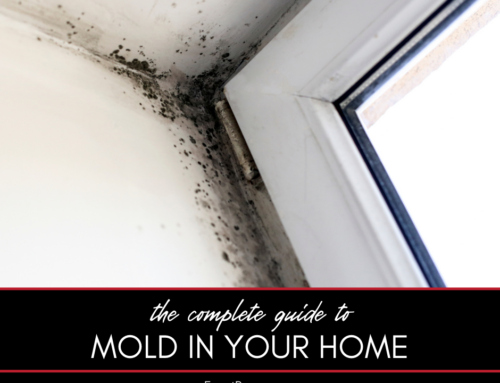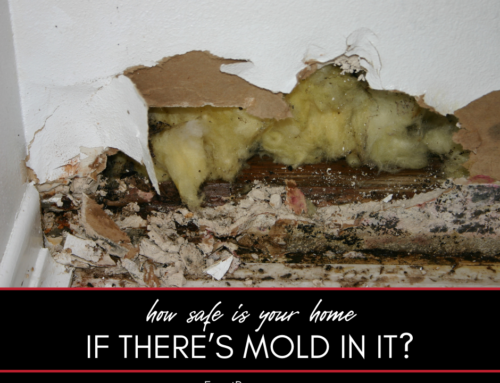Mold remediation is a complex process that requires a deep understanding of mold biology, environmental science, and specialized techniques. Effective mold remediation not only removes existing mold but also addresses the underlying causes to prevent future growth. This guide explores the science behind mold remediation, detailing the steps and methods used by professionals to ensure thorough and lasting results.
The Science Behind Mold Remediation
This guide provides an in-depth look at the science and techniques involved in mold remediation. It covers the following:
- Understanding mold biology
- Identifying the source of moisture
- Containment strategies
- Air filtration techniques
- Mold removal methods
- Cleaning and disinfecting surfaces
- Drying and dehumidification
- Preventative measures
- Monitoring and verification
Here’s a closer look at each.
Understanding Mold Biology
Mold is a type of fungus that reproduces by releasing spores into the air. These spores are microscopic and can settle on surfaces, growing into mold colonies when they encounter moisture. Mold can thrive on a variety of materials, including wood, drywall, carpet, and insulation. Understanding the biology of mold is crucial for effective remediation. Different types of mold, such as Aspergillus, Cladosporium, and Stachybotrys (black mold), have varying characteristics and health risks. Professionals are trained to identify the type of mold present and tailor their remediation strategies accordingly.
Related: Expert advice on water damage, fire damage, mold and more
Identifying the Source of Moisture
Mold growth is primarily driven by moisture. Identifying and addressing the source of moisture is essential for effective remediation and prevention of future mold growth. Common sources of moisture include leaks in plumbing, roofs, and windows, as well as high humidity levels and poor ventilation. Professionals use tools such as moisture meters and infrared cameras to detect hidden moisture and pinpoint the source. By eliminating the moisture source, they create an environment that is less conducive to mold growth.
Containment Strategies
Containment is a critical step in mold remediation to prevent the spread of mold spores to unaffected areas of the home. Professionals use physical barriers, such as plastic sheeting, to isolate the affected area. They also employ negative air pressure systems to ensure that mold spores are contained within the isolated area and do not escape into the rest of the home. These containment strategies are essential for protecting the health of occupants and ensuring that remediation efforts are effective.
Related: Sewage backup in your home
Air Filtration Techniques
Air filtration is used to capture mold spores and improve indoor air quality during remediation. High-Efficiency Particulate Air (HEPA) filters are commonly used in air scrubbers and negative air machines to remove airborne spores from the air. HEPA filters can capture particles as small as 0.3 microns, ensuring that even the smallest mold spores are effectively removed. Proper air filtration is crucial for preventing the spread of mold spores and protecting the health of occupants and remediation workers.
Mold Removal Methods
The methods used for mold removal depend on the extent of the contamination and the materials affected. Non-porous materials, such as glass and metal, can typically be cleaned with detergent and water. Porous materials, such as drywall, carpet, and insulation, often need to be removed and discarded, as mold can penetrate deeply into these materials and be difficult to remove completely. Professionals use specialized techniques, such as dry ice blasting and soda blasting, to remove mold from surfaces without damaging the underlying material. These methods effectively remove mold colonies and spores, ensuring thorough remediation.
Cleaning and Disinfecting Surfaces
After mold removal, surfaces must be thoroughly cleaned and disinfected to eliminate any remaining mold spores and prevent regrowth. Professionals use EPA-approved antimicrobial cleaners and disinfectants to treat affected surfaces. These products are designed to kill mold spores and prevent future growth. Cleaning and disinfecting also involve removing any dust, debris, and residual mold particles from surfaces to ensure a clean and safe environment. Proper cleaning and disinfection are crucial for preventing mold recurrence and protecting the health of occupants.
Drying and Dehumidification
Drying and dehumidification are essential steps in mold remediation to remove excess moisture from the affected area and prevent future mold growth. Professionals use high-capacity dehumidifiers, air movers, and industrial fans to thoroughly dry the area. They continuously monitor humidity levels using hygrometers to ensure that moisture is reduced to safe levels. Effective drying and dehumidification create an environment that is inhospitable to mold, preventing regrowth and ensuring the long-term success of remediation efforts.
Preventative Measures
Preventative measures are critical for maintaining a mold-free environment after remediation. Professionals provide recommendations for preventing future mold growth, such as improving ventilation, controlling humidity levels, and addressing any existing water leaks. They may suggest installing dehumidifiers in moisture-prone areas, using mold-resistant building materials, and regularly inspecting and maintaining plumbing and roofing systems. Implementing these preventative measures helps to create a healthy living environment and reduces the risk of mold recurrence.
Monitoring and Verification
After remediation, monitoring and verification are necessary to ensure that the mold has been effectively removed and that the environment is safe. Professionals conduct post-remediation inspections and air quality testing to verify that mold spore levels have been reduced to normal, safe levels. They may use moisture meters to check that all affected areas have been thoroughly dried. Monitoring and verification provide peace of mind that the remediation efforts have been successful and that the home is free from mold.
Related: How does homeowners insurance work after a disaster?
FAQ About Mold Remediation
Check out these commonly asked questions about mold remediation. If you don’t see your question here, please call our office and we’ll find you the answers you need.
How Long Does Mold Remediation Take?
The duration of mold remediation depends on the extent of the contamination and the size of the affected area. Small-scale remediation may take a few days, while extensive remediation can take several weeks.
What Should I Do If I Suspect Mold in My Home?
If you suspect mold in your home, contact a professional for a thorough inspection and remediation. Professionals can identify the type of mold, the extent of the contamination, and the source of moisture, ensuring effective removal and prevention.
Can I Stay in My Home During Mold Remediation?
Whether you can stay in your home during mold remediation depends on the extent of the contamination and the areas affected. For minor mold issues, it may be safe to stay, but for extensive contamination, it is often recommended to vacate the premises until remediation is complete.
How Can I Prevent Mold Growth After Remediation?
Prevent mold growth after remediation by controlling humidity levels, ensuring proper ventilation, fixing leaks promptly, and using mold-resistant building materials. Regularly inspect and maintain your home to prevent moisture buildup.
Why Is Professional Mold Remediation Important?
Professional mold remediation is important because professionals have the expertise, equipment, and techniques to effectively remove mold and address the underlying causes. They ensure thorough cleaning, disinfection, and prevention, protecting the health of occupants and the integrity of your home.
Do You Need a Disaster Remediation Expert in Washtenaw County or Jackson County?
If your home has already been damaged, we can help. Check out our services and call Exact Recon for your free disaster remediation quote today. We offer:
- Water damage restoration
- Fire damage restoration
- Mold removal and remediation
- Fire and smoke restoration
- Sewer cleanup and disinfecting
- Reconstruction
- Wind and storm damage repair


